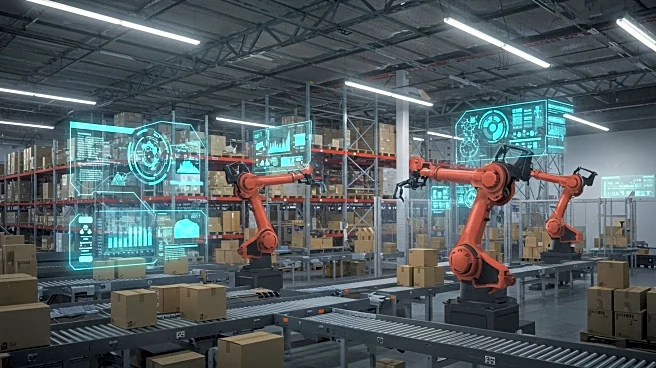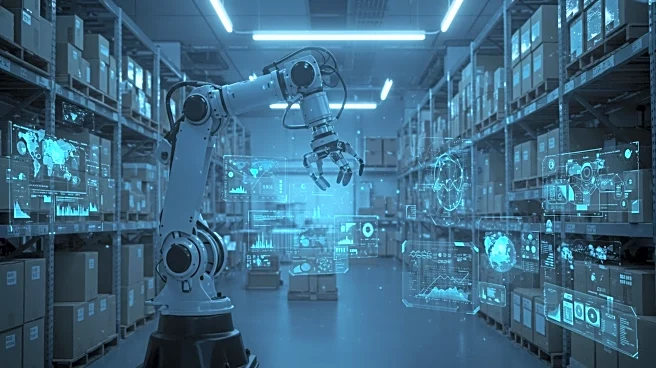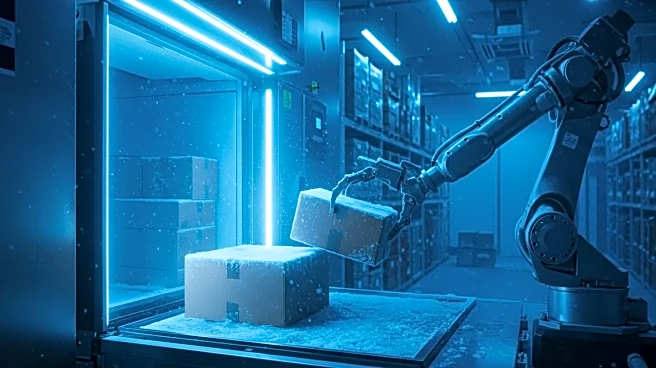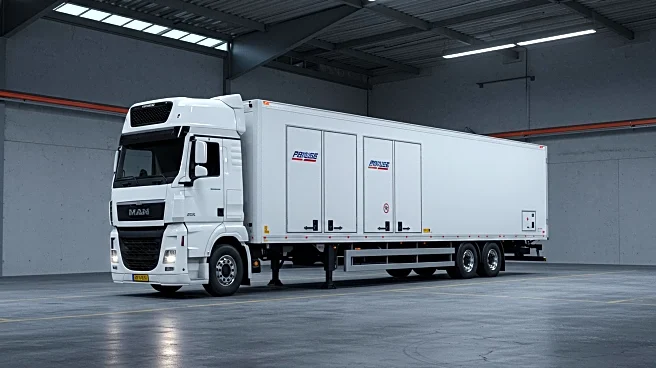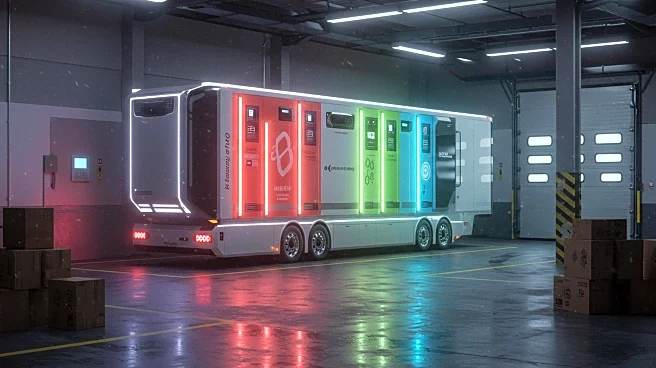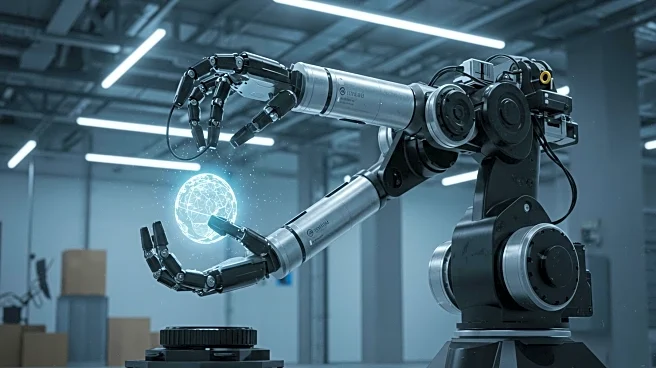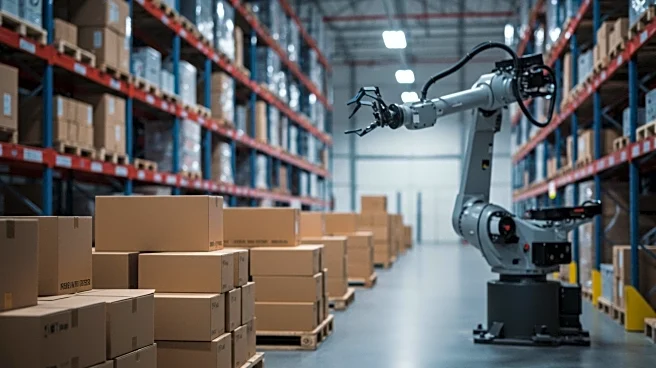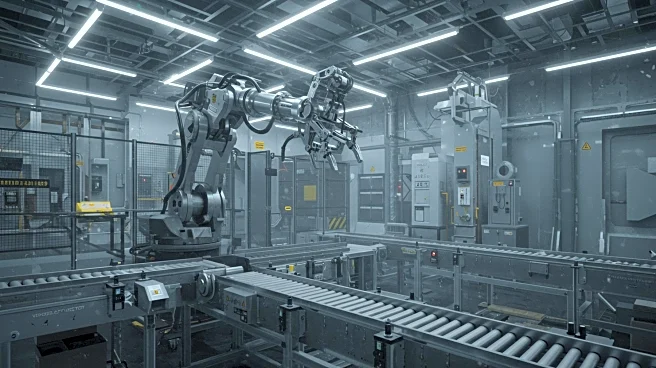What is the story about?
What's Happening?
The warehousing and distribution sector is undergoing significant changes due to automation, data integration, and shifting demand patterns. Businesses are adapting to increased volatility and tariff policy changes, which have led to surplus inventory and rising warehousing costs. Automation technologies, including robotics and AI-powered systems, are enhancing warehouse efficiency and accuracy, allowing companies to streamline labor costs. The integration of these technologies is becoming essential for meeting growing consumer expectations for faster deliveries. Micro-fulfillment centers are being established to minimize last-mile delivery times and transportation costs, providing a competitive advantage in the ecommerce landscape.
Why It's Important?
The adoption of automation and data-driven strategies in warehousing is crucial for businesses to remain competitive in a rapidly evolving market. These technologies offer long-term ROI by optimizing labor force and operational capacity, reducing human error, and improving customer relationships. As ecommerce continues to grow, the ability to fulfill orders efficiently is a key differentiator. The use of predictive analytics and real-time tracking enhances decision-making, allowing companies to respond agilely to demand shifts and supply chain disruptions. This transformation supports sustainable growth and aligns with efforts to reduce environmental impact.
Beyond the Headlines
The shift towards automation and data integration in warehousing reflects broader trends in the logistics industry, emphasizing the importance of technology in driving efficiency and sustainability. As businesses invest in these solutions, they contribute to reducing their environmental footprint and improving service reliability. The focus on micro-fulfillment centers highlights the need for strategic inventory positioning to meet urban demand, offering flexibility and speed. This evolution in warehousing practices is likely to influence other sectors, encouraging innovation and adaptation to meet changing consumer expectations.
AI Generated Content
Do you find this article useful?
